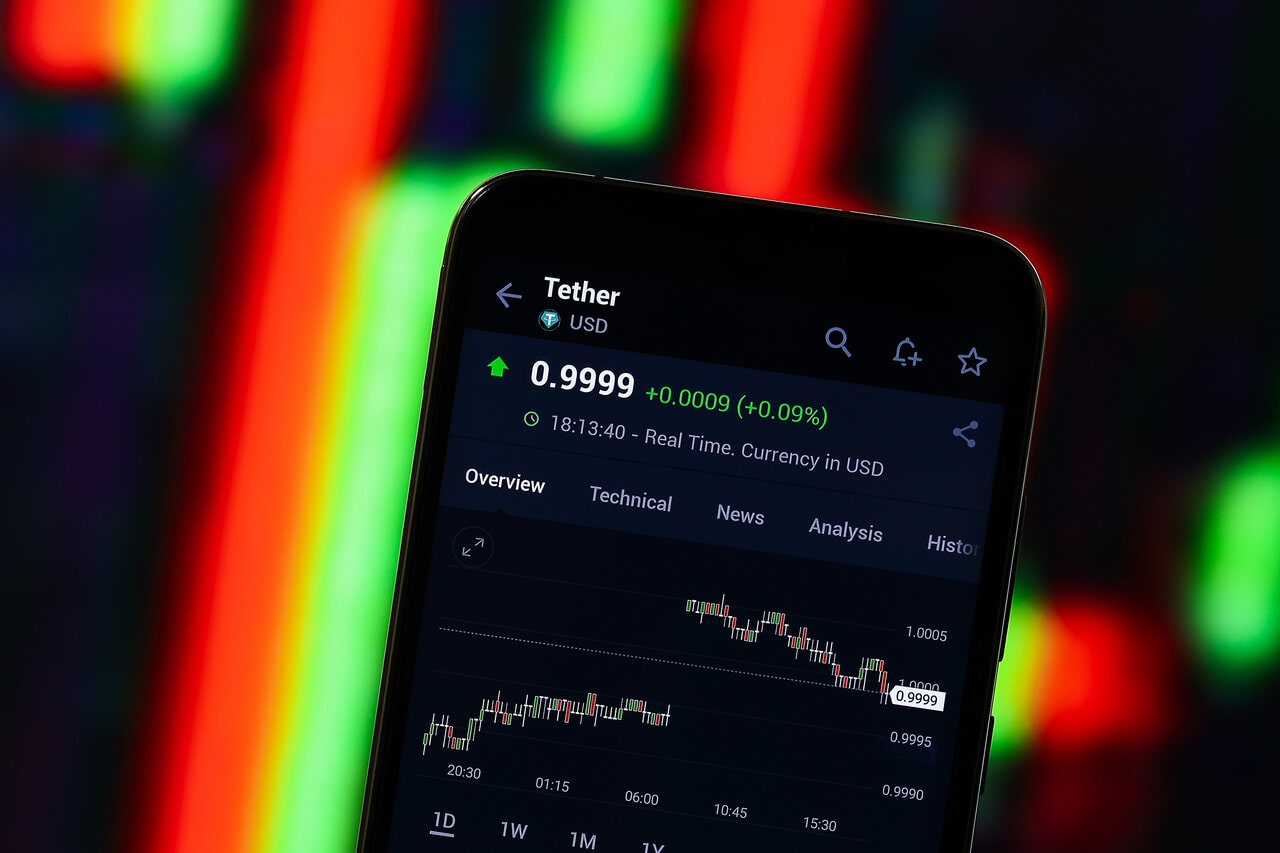
The Bank for International Settlements (BIS) wants to create a set of standards for the stablecoin industry that will cover payments, clearings, and settlements.
In a report released today and shared with Cryptonews.com, the BIS’ Committee on Payments and Market Infrastructures and the International Organization of Securities Commissions (IOSCO) outlined their “final guidance” on “stablecoin arrangements.”
The IOSCO is a body that creates global standards for the securities markets in some 115 jurisdictions.
The organizations also stated, in a press release that “recent developments in the cryptoasset market” had “again brought urgency for authorities to address the potential risks posed by cryptoassets, including stablecoins more broadly.”
The bodies stated that what they termed a “systemically important” “stablecoin arrangement” would need to ensure that it has “appropriate governance arrangements” in place.
Token issuers also need to ensure they have an ownership and operational structure that “allow for clear and direct lines of responsibility and accountability,” the bodies wrote.
The report’s authors also emphasized the need for transparency in this regard, and a governance structure that “allows for timely human intervention as and when needed.”
The authors underlined the importance of risk management, stating that stablecoin operators should “regularly review” all “material risks” inherent to dealing with related parties in their ecosystems. These could include “important financial market infrastructures,” as well as “settlement banks, liquidity providers, validating node operators and other node operators, or service providers.”
Elements of “settlement finality” are also vital, the authors added, as stablecoin operators need to “provide clear and certain final settlement, at a minimum by the end of the value date, regardless of the operational settlement method used” – preferably in “real-time.”
Moreover, the authors explained that token operators needed to “clearly define the point at which a transfer of a stablecoin” through an operational method “becomes irrevocable and unconditional” – and ensure that a “clear legal basis” could “acknowledge” and “support” the finality of transfers.
On the settlements front, the report’s authors wrote that token operators needed to ensure they had “little or no credit or liquidity risk.”
Also, they needed to clarify to users what their statutory rights are when it comes to providing token holders a “direct legal claim on the issuer” or “interest in the underlying reserve assets” for “timely convertibility” into “other liquid assets, such as claims on a central bank.”
To minimize “credit and liquidity risks” in settlements as an “acceptable alternative to the use of central bank money,” the BIS and IOSCO insisted on the need for the “clarity and enforceability” of possible legal claims. The same should apply in the case of claims pertaining to management companies who custody reserve assets, as well as “third-party guarantees,” the authors continued.
Operators should also clarify the “degree” to which their reserve assets can be liquidated “at or close to” average market prices.
The bank and its partner also stated that funds backing a stablecoin should be convertible in “both normal and stressed circumstances,” and noted:
“The creditworthiness, capitalization, access to liquidity and operational reliability of the issuer of the stablecoin, provider of the settlement accounts and custodian of the reserve assets.”
The authors concluded that governments needed to ensure that new regulations on the stablecoin front apply not to only token issuers, but also to “reserve managers and custodians” of the assets backing tokens.
____
Learn more:
– ‘Robust’ Regulations Needed in Crypto & Stablecoin Sector, Says G20 Advisory Body Ahead of Its Report in October
– Check Out FSB’s Roadmaps for Stablecoins and CBDCs
– Central Bank: No Place for Stablecoins in Russian Economy, Only Digital Ruble Will Do
– US Treasury Develops Framework For Path Towards International Crypto Regulations
– Pressure on SEC Chair Rises as Even WSJ Accuses Gensler of ‘Holding Investors Hostage’ with Bitcoin ETF Stance
– Regulatory Scrutiny Increasing as Crypto Becomes Financial Stability Risk – Report
This news is republished from another source. You can check the original article here

Be the first to comment